Title: Testing the Isotropy of the Dark Energy Survey’s Extreme Trans-Neptunian Objects
Authors: Pedro H. Bernardinelli, Gary M. Berstein, Masao Sako et. al
First Author’s Institution: University of Pennsylvania, Department of Physics and Astronomy
Status: Submitted to AAS Journals, open access on ArXiv
Out beyond the orbit of Neptune lie small solar system bodies called trans-Neptunian Objects (TNOs). They are rocky, icy, dirt balls that for the majority of their orbit lie far beyond Neptune, but whose perihelion may exist within the orbit of Neptune, or less than about 30 AU.
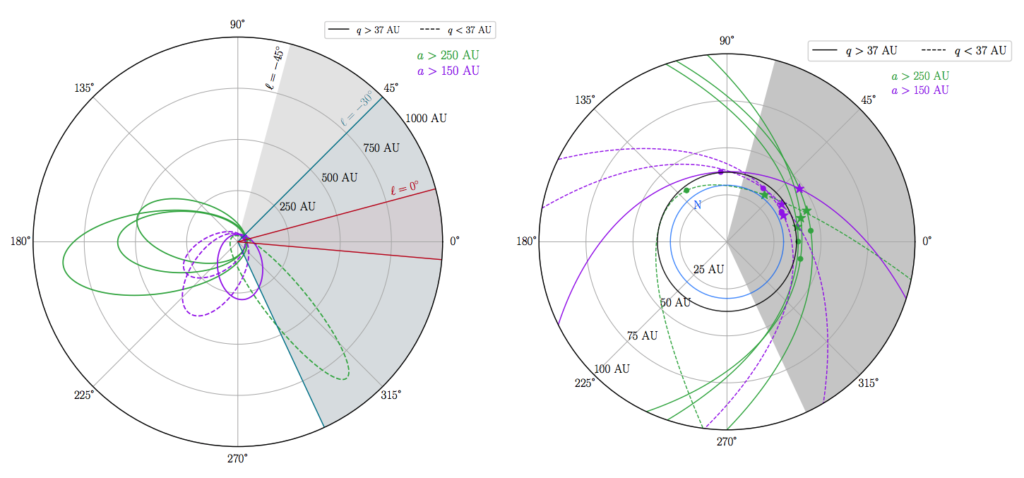
Finding Anti-symmetric Orbits
This paper uses data from the Dark Energy Survey (DES), which while on the quest for searching for dark energy far beyond our solar system, has found some extreme trans-neptunian objects (eTNOs, basically very distant TNOs). Based on the observed TNOs from DES, we can see that their orbits appear to be aligned. As you can see in Figure 1, they appear to lie on one side of the sky, having similar ecliptic longitudes. That’s weird, because things in space tend to be symmetric, or isotropic. So, shortly after astronomers saw these weirdly aligned orbits, an interesting hypothesis came about. Maybe there is a super-Earth located way beyond the orbit of Neptune that is pushing these trans-neptunian objects to be in these aligned orbits. That hypothesised planet was deemed Planet 9 and is still being hunted for after about 4 years of searching.
But what if we just aren’t looking hard enough?
Before we hype up this under-dog of a planet, we must ask ourselves, is Planet 9 really the most likely explanation? We have not observed the full TNO population, what if that population is actually isotropic, and we are just looking at a few members of that population that happen to be on one side of the sky? This is the question that this paper poses. Given how we observed these objects, and where we’ve pointed our telescopes, could these objects be a part of an isotropic population? If so, then Planet 9 doesn’t need to exist.
This paper starts to explore that question by creating a simulated population of 40 million TNOs that are defined by certain orbital parameters. The ‘longitude of the ascending node’ (ᘯ), ‘argument of perihelion’ (⍵), and mean anomaly (M, which is approximately the angular distance of object from its pericenter), are all given random values, i.e. they are distributed isotropically, so there is no preferred value. The eccentricity, inclination, and aphelion are kept within certain values taken from the seven observed TNOs from the Dark Energy Survey.

They then look to wean down their simulated population to only include eTNOs that could have been observed with DES. That includes finding the eTNOs that are bright enough, that have traveled a significant distance across the sky, and could have been seen for multiple days. If a TNO passes all of those tests, then it is deemed to be observable. This observable population is their final sample with which they can run some statistical tests. They want to compare the orbital parameters of this simulated sample to the TNOs that we have observed.
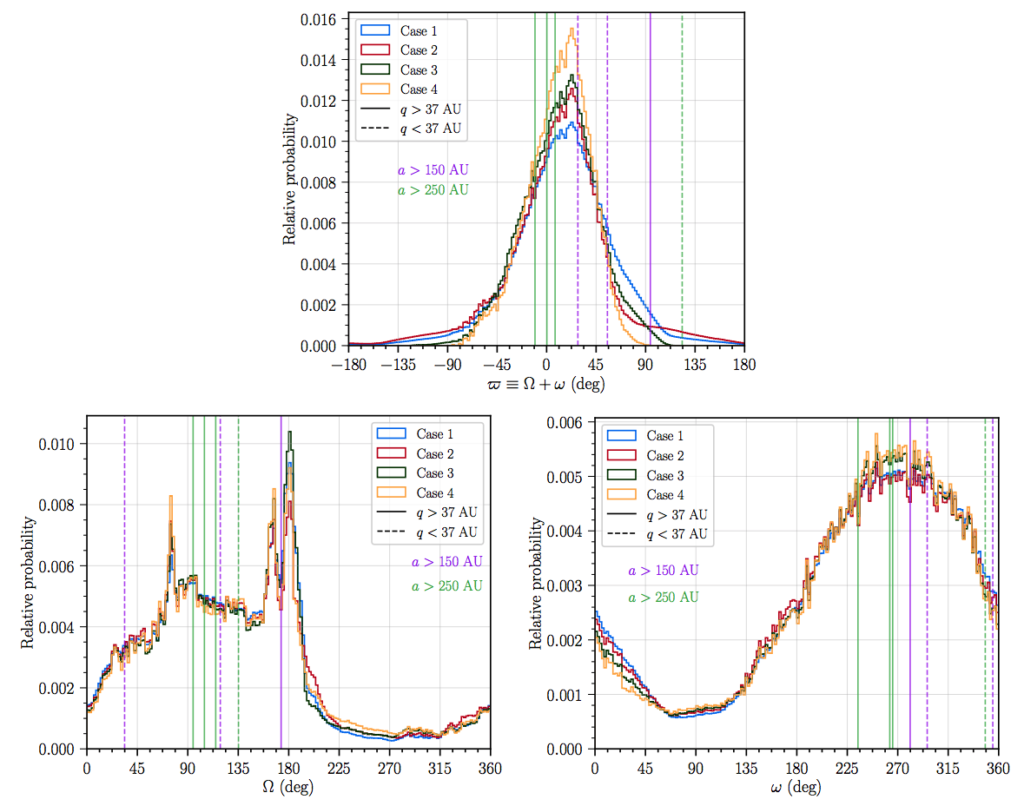
This study ran two statistical tests to compare the two samples. The first is Kuiper’s test and the second is a likelihood test. From Kuiper’s test, they calculate a p-value, a higher p-value means that the two populations are similar. They run the test to compare the ᘯ, ⍵, and ᘯ + ⍵ values found in the simulated population to that which was observed. In a likelihood test they compare the observed orbital angles for each sample to produce an f-value, which can be converted to a % likelihood. A low percent means that it is very unlikely that the observed sample comes from an isotropic population and a high percent means that it is very likely.
They also had four different observed samples, each of which is a subset of the 7 observed eTNOs, and each case was motivated by a different definition what an eTNOs is. Each case appears to be aligned to some degree. Case 1 – 4 went from lenient definitions to strict definitions describing eTNOs. Case 1 included all seven TNO objects, while case 4 only included those which had an aphelion beyond 250 AU and a perihelion greater than 37 AU, which includes only three objects which appear to be strongly aligned. The most extreme TNOs are going to be least affected by Neptune, and most affected by Planet 9 if it should exist.
They then ran their statistical tests on these four cases. They found that when they include all seven eTNOs, it agrees well with coming from an isotropic population – thus Planet 9 is not necessary to explain their orbits. When they go down to the most strict definition of eTNOs, the p-values tend to drop. This means it becomes less likely the eTNOs that we see come from an isotropic population, however the p-values are not low enough to completely rule that out.
So are the authors trying to pull an NDT and kill Planet 9?
In the end, this paper was able to recreate the orbits of known TNOs using an isotropically distributed TNO population. This means that Planet 9 doesn’t need to exist. However, their results change when they run the same statistical test against 3 out of the 7 TNOs, it is harder to show that these orbits come from a randomly distributed population, leaving some hope for the Planet 9 enthusiasts. When working with such a small sample size (seven objects!) it’s hard to come to a confident conclusion. The authors look forward to more years of DES so that more eTNOs can be discovered, improving our understanding of TNOs and the mysterious Planet 9.

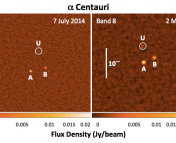

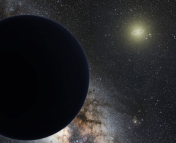
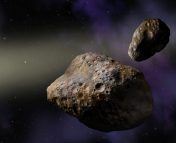
From the picture 1 its clear that ALL the TNOs (both purple and green) have aphelion well beyond 250 AU. Seems they differ not by aphelion larger and smaller than 250 AU, but the main semiaxis (that is obviously denoted by letter a) larger and smaller than 250 AU